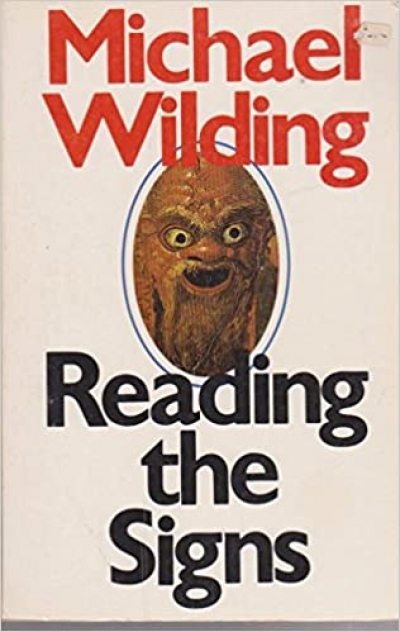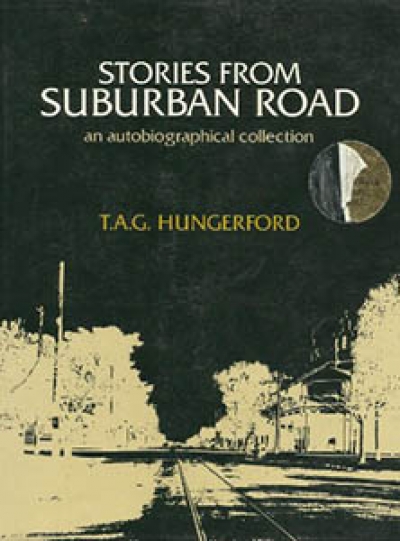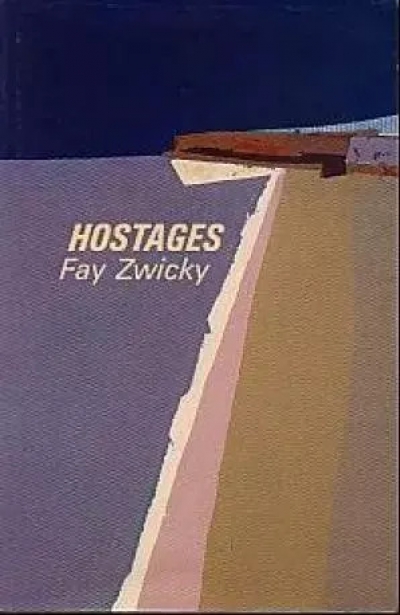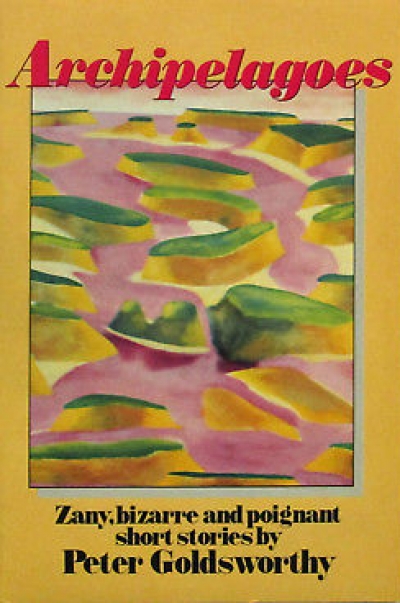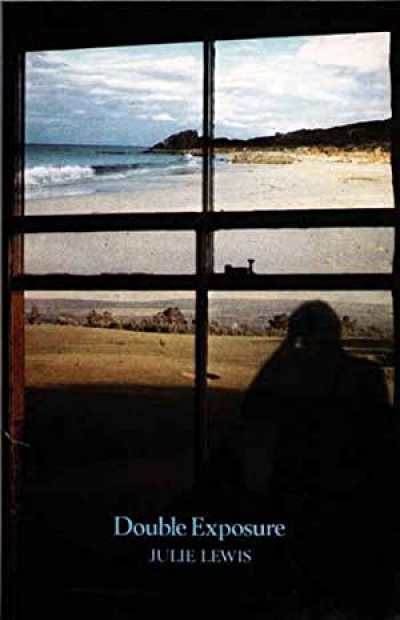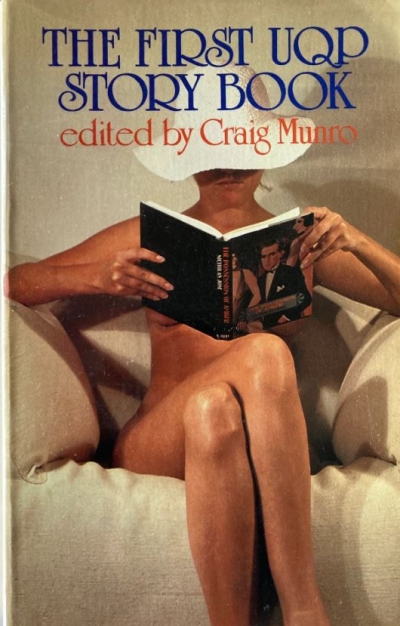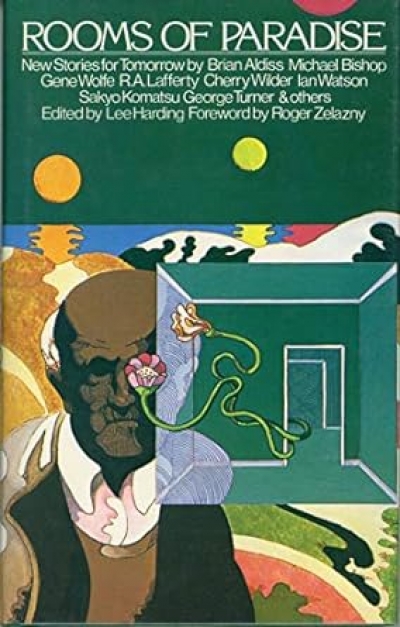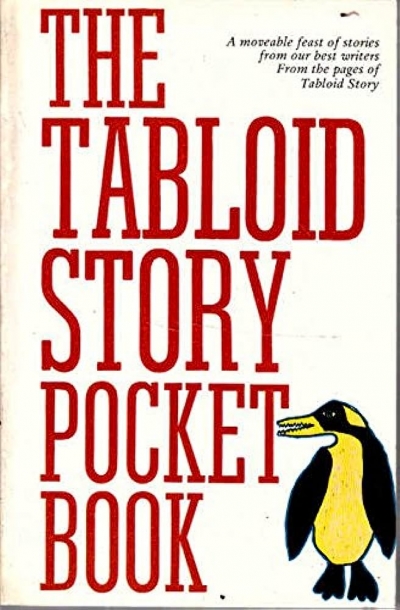Short Stories
People produce art to explain and honour the life they know, and to many the short story is a logical medium for that expression. The more futuristic art gurus, however, believe that printed pages are destined for extinction as an art form and that the short story will be first on the Dodo list.
... (read more)Stories from Suburban Road: An autobiographical collection by T.A.G. Hungerford
by Andrew Sant •
Archipelagoes by Peter Goldsworthy & The Harlots Enter First by Gerard Windsor
by Mary Lord •
Ron Graham Presents Other Worlds edited by Paul Collins & Rooms of Paradise by Lee Harding
by Jim McKenzie •

